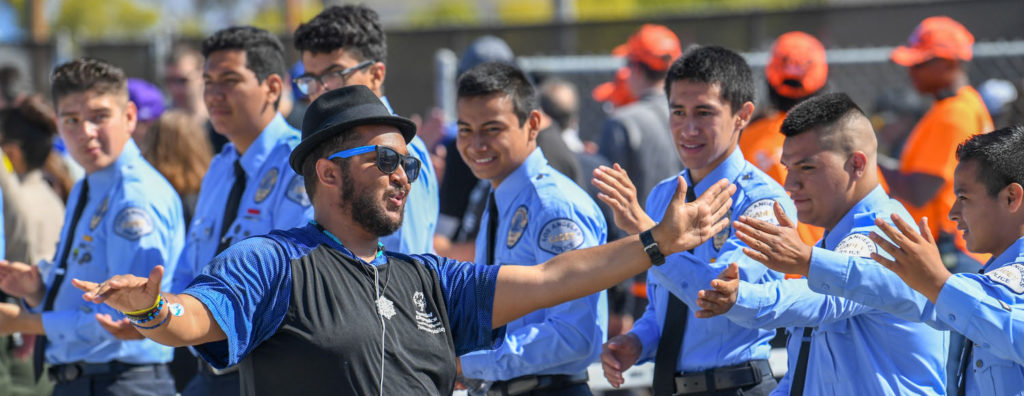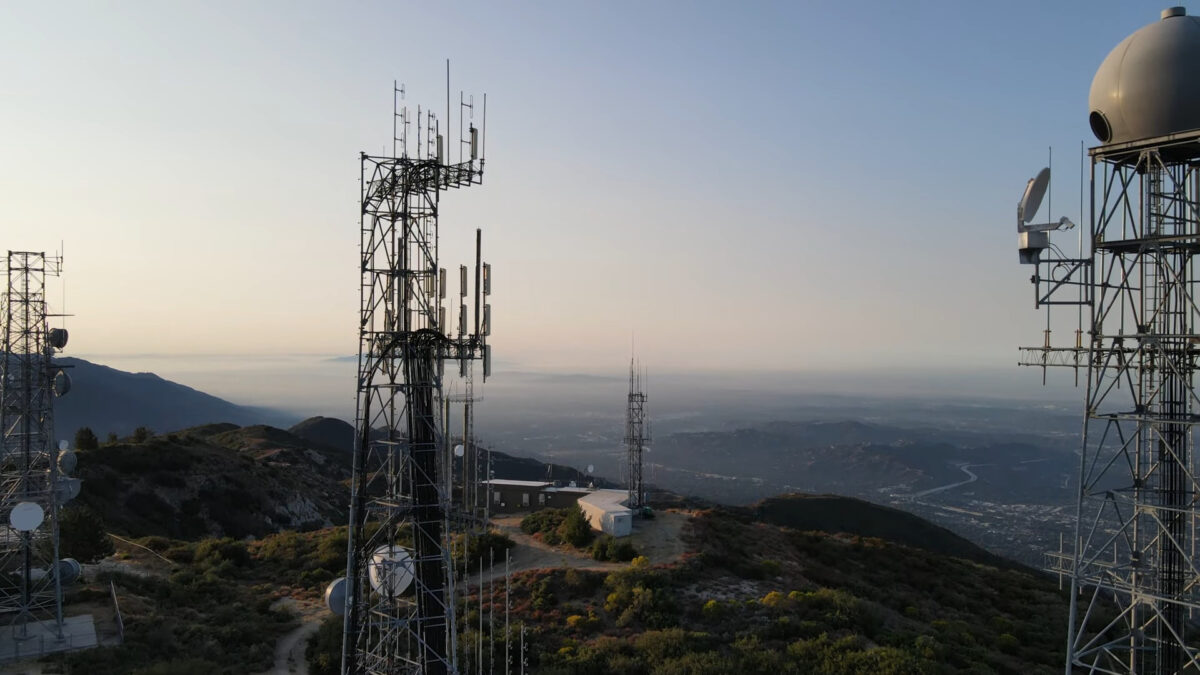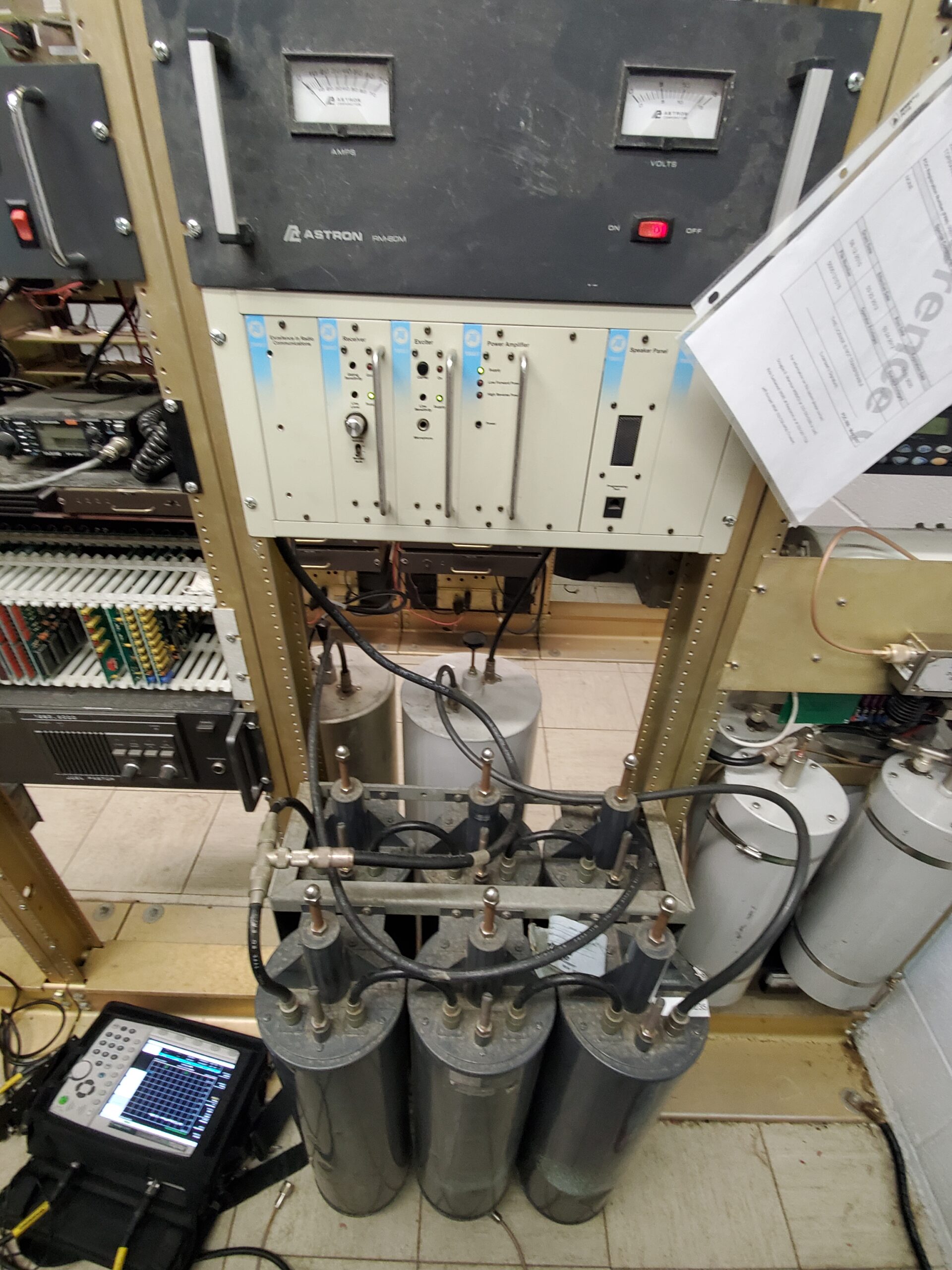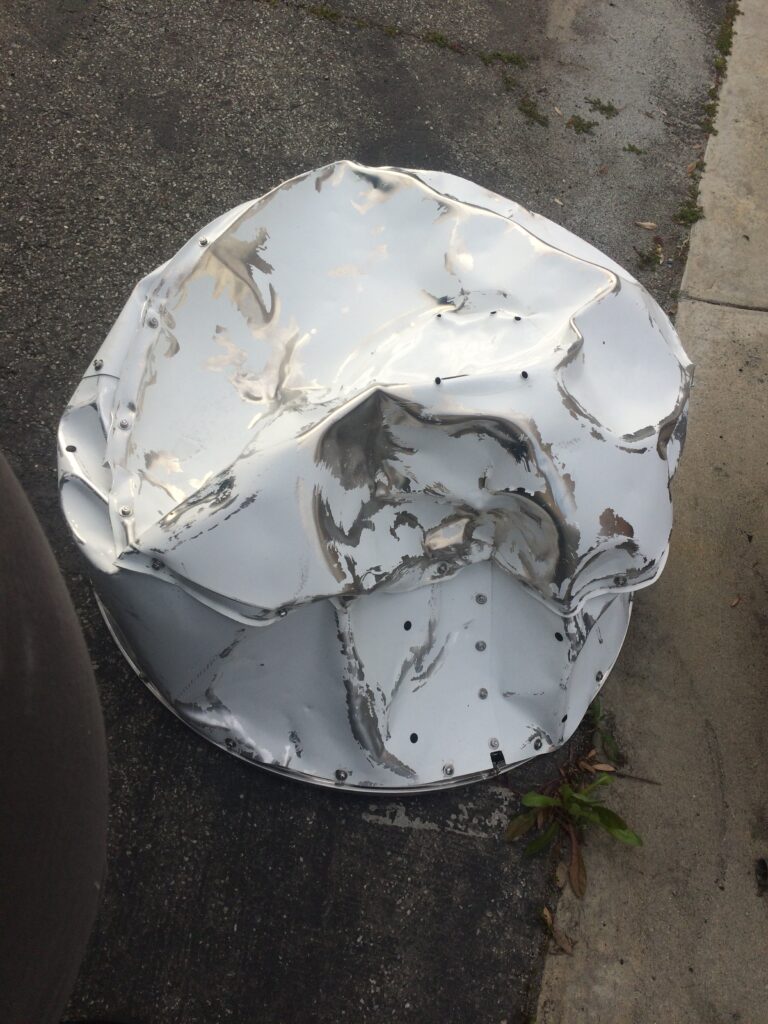
UPDATE: with the rain expected, events on Saturday have been scaled down to indoor venues. The majority of activities will be Sunday.
We have been proudly supporting and assisting with Southern California Special Olympics for many years, showcasing our commitment to this incredible organization and its inspiring athletes. Over the years, our involvement has grown to encompass a variety of crucial roles, with a particular focus on facilitating effective communications throughout the entire event. Given that the event attracts over 5,000 participants, volunteers, spectators, and staff from various locations, ensuring clear, reliable, and timely communication can be quite a challenge — but it’s an absolutely vital part of the event’s success. Whether it’s coordinating transportation, managing supplies, maintaining safety protocols, or simply keeping everyone informed, our team plays a key part in making sure everything runs smoothly from start to finish. Our typical responsibilities include managing and disseminating essential messages related to supplies—such as food, medical equipment, and athletic gear—to the appropriate teams and locations. We also coordinate with volunteers and staff to optimize organizational flow, ensuring that communication lines remain open and effective amid the hustle and bustle of the festivities. Beyond these logistical roles, we are always prepared to respond swiftly in case of emergencies, whether it’s a medical concern, weather-related issue, or any other unexpected incident. Our ability to rapidly relay critical information can make all the difference in safeguarding the health and well-being of everyone involved. In addition to our operational support during the event, I have personally used the Southern California Special Olympics as a valuable training ground for radio operators for quite some time. It provides an excellent environment for practical, real-world experience that is both challenging and rewarding. Training radio operators in such a dynamic, large-scale setting helps them develop skills in quick decision-making, effective communication, and problem-solving under pressure. It’s a wonderful opportunity for aspiring communication professionals to hone their abilities in a high-stakes environment, all while contributing meaningfully to an organization that promotes inclusivity, athletic achievement, and community spirit. Overall, our ongoing partnership with Southern California Special Olympics not only enhances the event’s success but also helps foster a sense of community, teamwork, and support that extends far beyond the event itself.
I first got involved in the 1990s. Henry WA6RJA was recruiting volunteers, so I decided to join. We would arrive early, and since I was new, I was assigned to a less active area. One morning, feeling a bit drowsy, I was leaning against a post when someone tapped me on the shoulder from behind. Startled, I turned around to see an athlete with a broad, radiant smile. She had just won a gold medal and was eager to share her excitement with everyone, whether they knew her or not. That moment truly captivated me, and I’ve been hooked ever since. While I may often play a background role rather than being at the center of attention, I take immense satisfaction in being one of the people who help make these events memorable for the athletes.
Location: 16400 Brookhurst St, Fountain Valley

The scheduled event will take place from 8:00 AM to 4:00 PM on November 15 and 16, 2025. For amateur radio operators, the designated frequency is 146.235 MHz with a +100 CTCSS tone. The repeater is online just before the event—feel free to test it if you’re within range. For non-hams attending, we will have LTR radios available for your use. Lunch will be provided to all participants. For people not experienced with radio, we will teach you.
If you are available 1 day, 2 days or even a partial day we need help. Contact Us.



